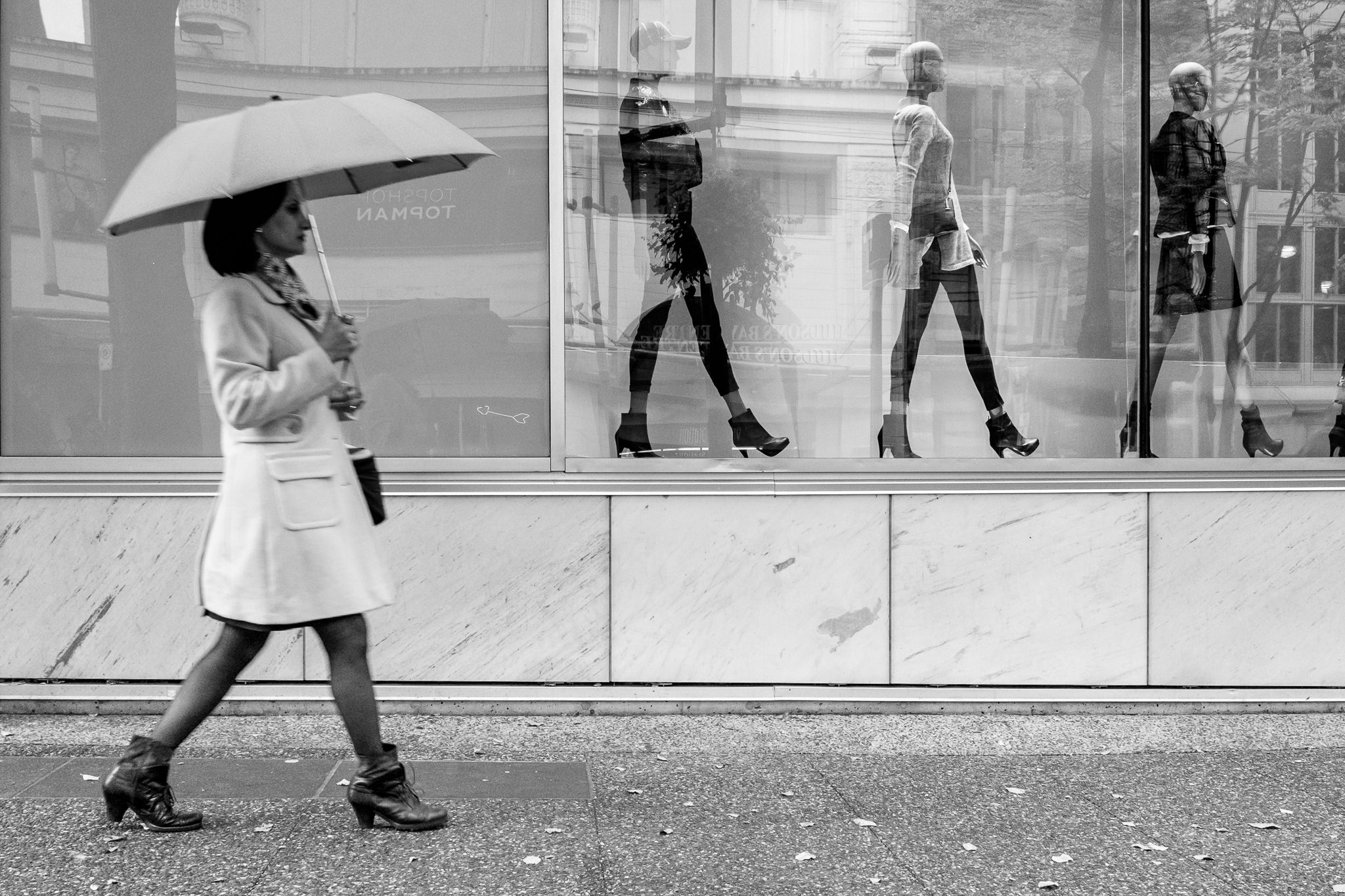Framing Streets Things To Know Before You Get This
Some Known Factual Statements About Framing Streets
Table of ContentsThe Basic Principles Of Framing Streets Get This Report about Framing StreetsOur Framing Streets DiariesGetting My Framing Streets To WorkSome Of Framing StreetsNot known Details About Framing Streets
Photography style "Crufts Dog Program 1968" by Tony Ray-Jones Street photography (likewise in some cases called candid photography) is digital photography carried out for art or query that includes unmediated opportunity experiences and arbitrary incidents within public locations, normally with the aim of recording photos at a crucial or poignant moment by mindful framework and timing. 
His boots and legs were well specified, however he is without body or head, since these were in activity." Charles Ngre, waterseller Charles Ngre. https://www.dreamstime.com/davidturley33101_info was the very first photographer to achieve the technical sophistication required to register individuals in activity on the road in Paris in 1851. Photographer John Thomson, a Scotsman dealing with reporter and social protestor Adolphe Smith, published Street Life in London in twelve regular monthly installations beginning in February 1877
Examine This Report about Framing Streets
Eugene Atget is concerned as a progenitor, not because he was the very first of his kind, but as an outcome of the popularisation in the late 1920s of his record of Parisian roads by Berenice Abbott, that was inspired to embark on a similar documents of New York City. [] As the city established, Atget assisted to promote Parisian roads as a worthwhile more tips here subject for digital photography.

Framing Streets for Dummies
Martin is the initial tape-recorded photographer to do so in London with a disguised cam. Mass-Observation was a social study organisation established in 1937 which intended to record everyday life in Britain and to record the responses of the 'man-in-the-street' to King Edward VIII's abdication in 1936 to wed separation Wallis Simpson, and the succession of George VI. The chief Mass-Observationists were anthropologist Tom Harrisson in Bolton and poet Charles Madge in London, and their very first record was created as guide "May the Twelfth: Mass-Observation Day-Surveys 1937 by over 2 hundred onlookers" [] Home window cleaner at Kottbusser Tor, Berlin, by Elsa Thiemann c. 1946 The post-war French Humanist School professional photographers discovered their topics on the street or in the restaurant. Between 1946 and 1957 Le Groupe des XV yearly exhibited work of this kind. Andre Kertesz. Circus, Budapest, 19 May 1920 Street photography developed the major material of 2 exhibits at the Gallery of Modern Art (Mo, MA) in New york city curated by Edward Steichen, Five French Digital Photographers: Brassai; Cartier-Bresson, Doisneau, Ronis, Izis in 1951 to 1952, and Post-war European Photography in 1953, which exported the idea of road photography worldwide.

What Does Framing Streets Mean?
, then a teacher of young kids, linked with Evans in 193839.'s 1958 book,, was considerable; raw and often out of emphasis, Frank's pictures examined mainstream photography of the time, "challenged all the formal regulations laid down by Henri Cartier-Bresson and Pedestrian Evans" and "flew in the face of the wholesome pictorialism and wholehearted photojournalism of American publications like LIFE and Time".